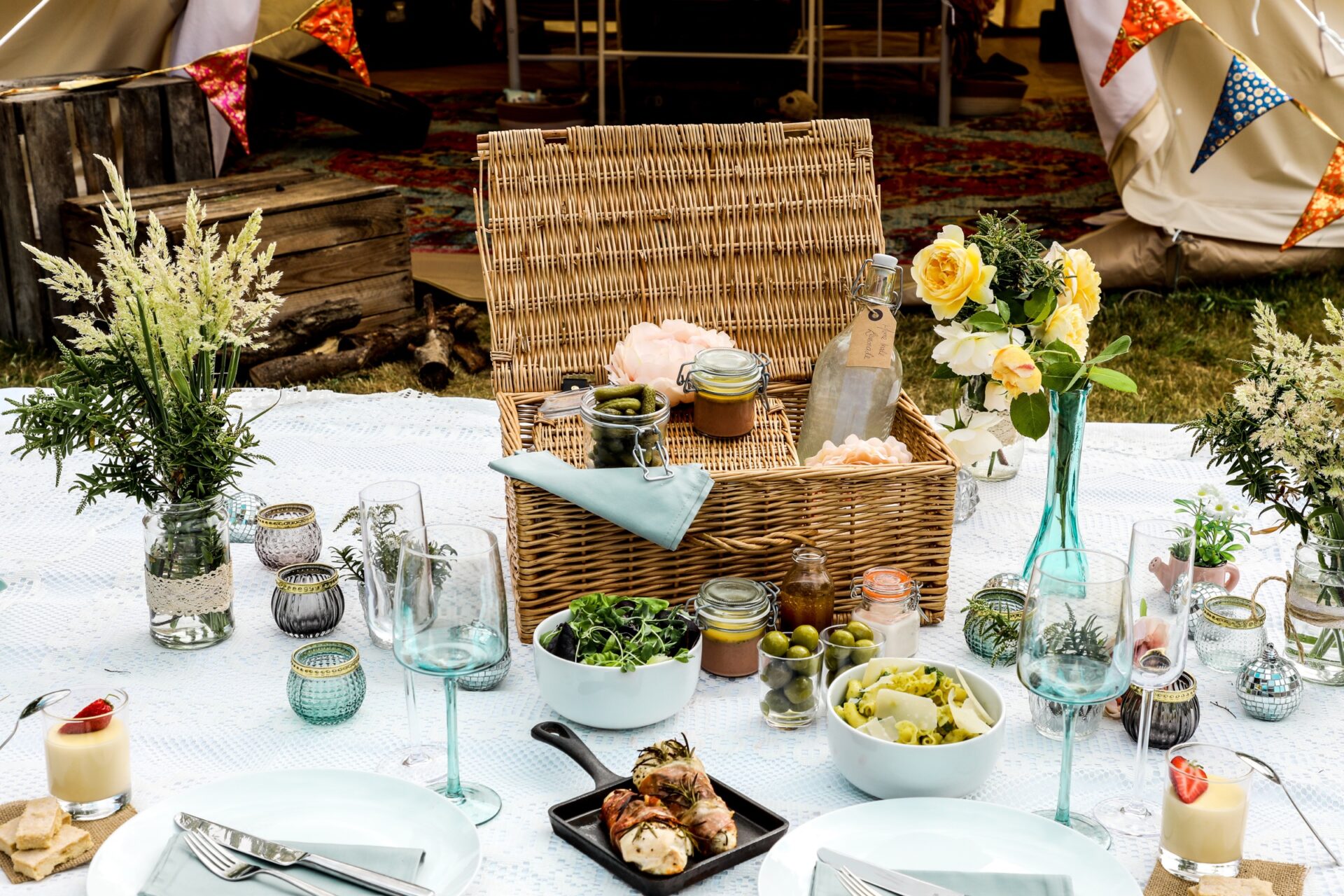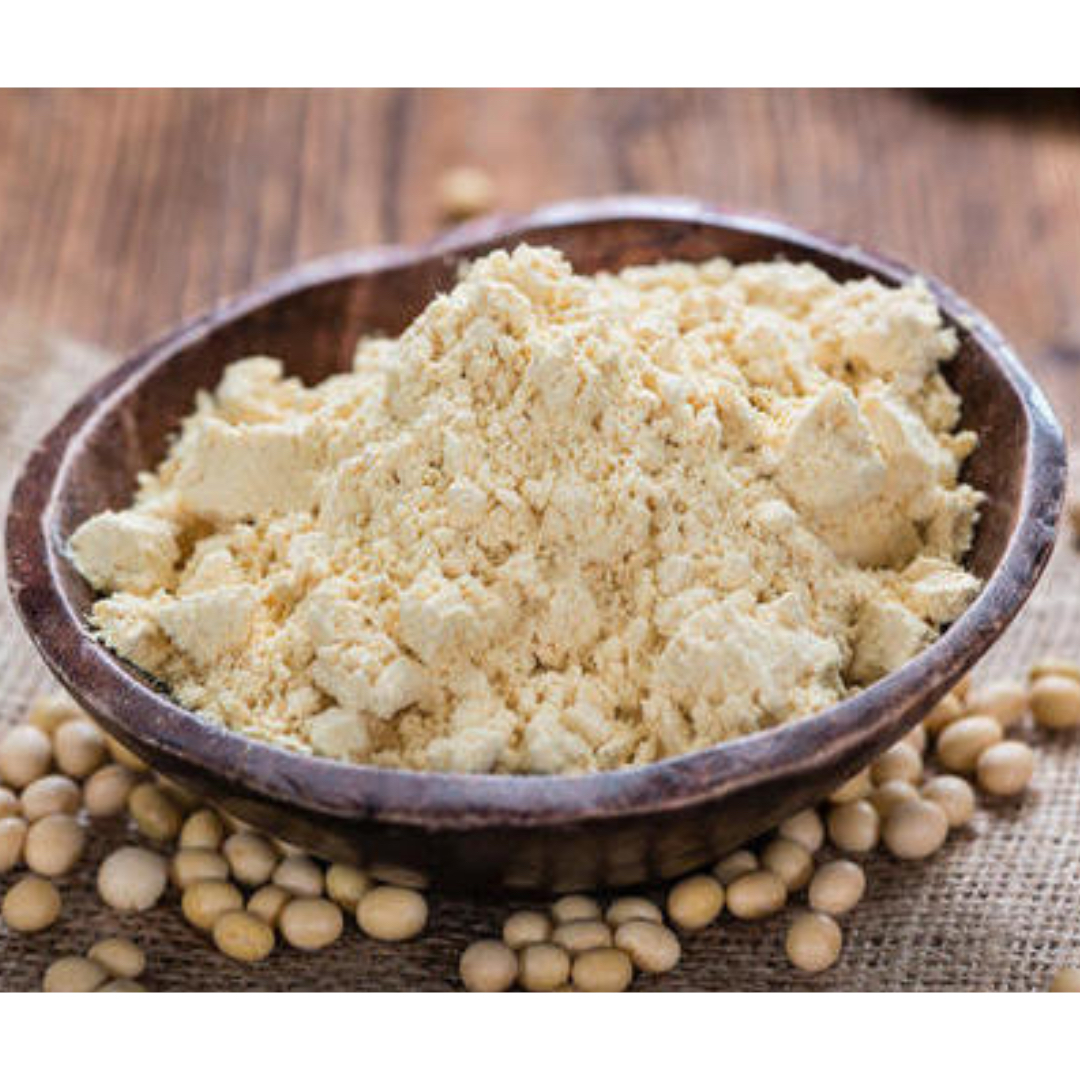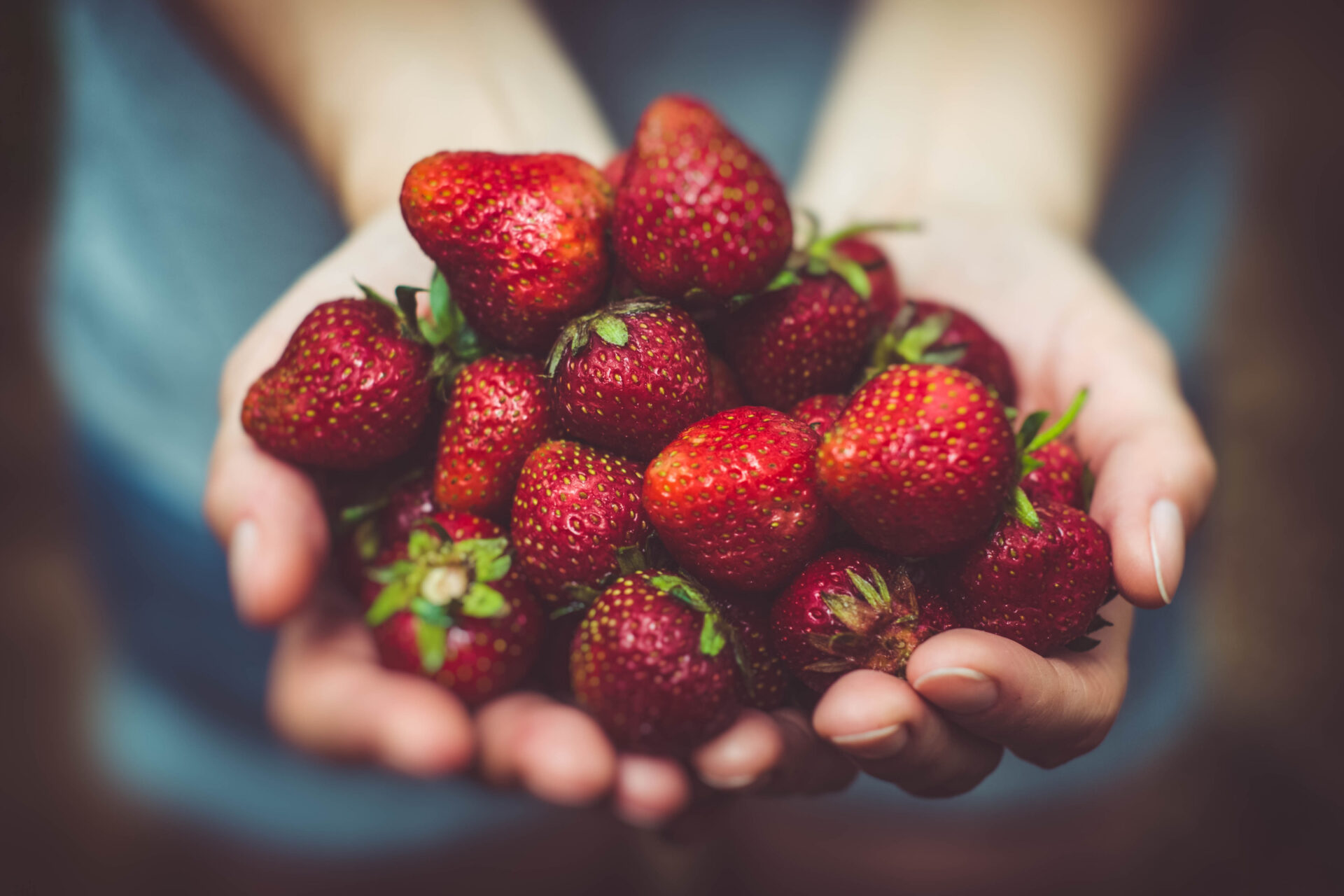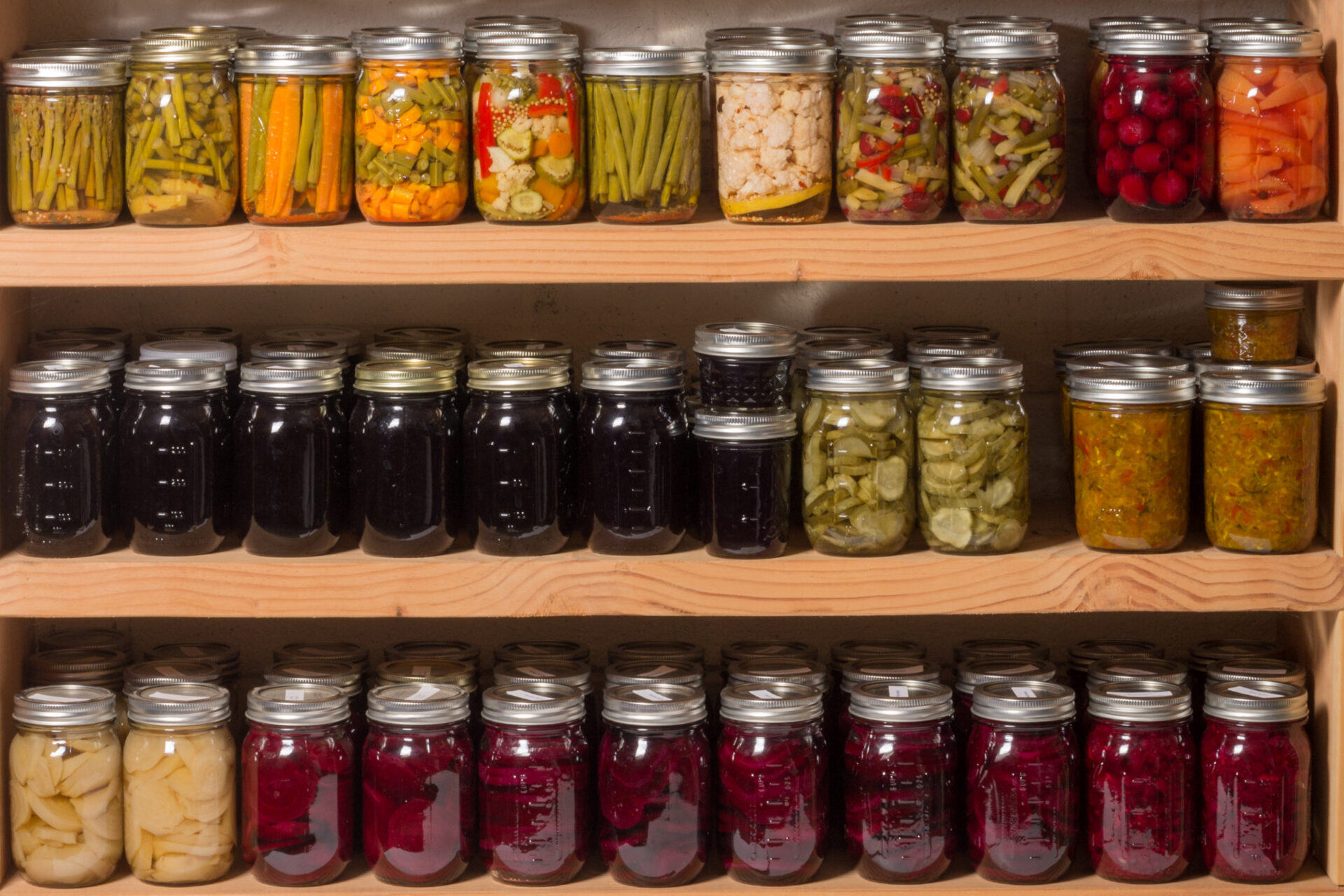
Look for as local as possible whole foods when shopping for healthy food
Because healthy food is a core focus of the Whole Health newsletter, I feel it’s essential to break down what it is and why it’s important. It’s more confusing than you might think, so this is Whole Health’s (meaning, my…) explanation.
A generally agreed-upon definition of healthy food is that it provides the necessary nutrients to sustain one’s well-being and provide optimal energy.
Healthy food is also a whole food. It’s unprocessed, which means it doesn’t come from a box or the frozen food, packaged dinner aisle. In my opinion, there are some exceptions, which I’ll get to in a future post, but, for now, healthy food is a whole food.
Whole food means you eat the entire food as is, not stripped of its parts. Juice such as orange juice or an ingredient like pea or soy protein isolate is not a whole food. Orange juice, or any juice, has the fiber removed, which spikes blood sugar and can lead to a sugar crash and a craving for more food.
Our bodies also don’t process calories from juice, which means you’re still hungry and are consuming calories with no benefit. And as my doctor once told me, who eats three to five oranges in one sitting, which an eight-ounce glass of juice contains?
Smoothies might be okay if you consume them as part of, or as, a meal and not in addition to (meaning, drinking a smoothie with your stack of pancakes is probably not good). You also need to make the smoothie with whole pieces of fruit, not fruit juice.

soy protein isolate
Protein isolates are an ingredient separated from certain foods, chemically processed, and added to some vegetarian products like veggie burgers and nutrition bars. Unfortunately, a lot of fake meats have some type of protein isolate (usually pea or soy) added to them. The chemical process to separate the protein from the soy or pea can leave behind unsavory substances like aluminum and hexane, or even nitrites. The amounts are small, but do you want them in your food?
Whole foods are fruits, vegetables, seeds, nuts, and grains. Meat and dairy also, but that’s a future discussion. A good thing to remember is to generally shop around the outer perimeter of the store where most whole foods tend to be.
Don’t Get Dizzy
It gets fuzzier and more confusing from here, but don’t give up. The number one, most important thing to remember is that you do what you can do. None of us are perfect – and those that think they are probably have some serious food issues.
Relaxing around how you eat is extremely important – too much stress can lead to physical symptoms like high blood pressure, sleep problems, upset stomach, and more. Emotional side effects of stress include depression, panic attacks, or other forms of anxiety, like binging and emotional overeating. That’s worse than having that slice of cake. Seriously.
We must learn to be more realistic about our eating habits and stop feeling guilty every time we stray from someone else’s perfection.
How come previous generations could have dessert every night and live to a healthy old age? I believe it’s the quality of ingredients, how the food was produced, and quantities consumed. I’ll address these topics in future articles.
Healthy Eating
Healthy food also includes healthy eating. This means how you eat. Eating in front of your computer or television while watching Netflix is not the healthiest way to consume your nutrients. Put your device on pause and enjoy what you’re putting into your body.
I’ll admit, I usually eat dinner while watching TV or on my computer, so I get a demerit in this department. I don’t stress, though – I try to taste my food, eat it slowly, and take time to enjoy it while I watch the latest Netflix drama. (I couldn’t turn off “Inventing Anna”….) I’m getting better at pausing what I’m watching to eat but, well, reality is reality.

Eating with others is actually good for your!
Eating with others is also good for you. Researchers from the University of Oxford found that people who eat with others are more likely to feel happy and satisfied with their lives. There’s not much you can do if you live alone, don’t have friends that eat out often, and/or don’t have many friends, so take this with a grain of salt.
Eating alone is not the end of the world. It’s unavoidable many times, so simply enjoy what you’re eating. And don’t be afraid to cook a multi-course meal just for yourself. You’re worth it!
In addition, eating out is not as healthy as cooking yourself. I went sugar-free for a couple of years and found it nearly impossible to find food in restaurants that did not contain sugar. Chefs add it to everything. I was even in a vegetarian, health food restaurant in New York City once, and there was only one item on the menu without added sugar. Don’t be afraid to ask questions about what’s in your food when eating out.
Pesticides and Chemical Fertilizers
Not everyone can find or afford organic food. It is more expensive. And many people don’t realize that organic food actually can contain pesticides. Organic farmers can use Class A pesticides which are deemed “natural”.
You should wash off any fruit or vegetable, organic or not, and, yes, organic is still a better option than conventional. But if you can’t eat organic for any reason, any fruit or vegetable is better than junk or processed food.
An even better option to buying organic in a large grocery store is to frequent your local farmer’s market. Get to know a farmer in your area that uses minimal-to-no pesticides or chemical fertilizers. I knew a farmer in New York City at one of the markets I went to who used absolutely no pesticides or chemical fertilizers whatsoever. He did not advertise it and did not have any certifications. Get to know your local farmer.

Organic strawberries are the best choice for you
I encourage anyone that can afford organic and/or regenerative food to buy it – the more people that do, the more farmers will be incentivized to use that growing practice and the cheaper it’ll become. And the better our planet – and your body – will be for it.
If you aren’t able to eat organic for whatever reason, don’t stress. You can download the Environmental Working Group’s Dirty Dozen list and do your best to buy these foods organic or from a local farmer you trust. Or avoid them. Strawberries and spinach topped the 2021 list.
The organization also produces the Clean Fifteen – use this guide to know which fifteen foods have the least amount of pesticides so are your least worry. Included in 2021’s clean list are avocados and pineapples.
Do what you can; do not stress about the rest.
For Now
This is enough information for now. I’m afraid giving you too much at once will cause you not to retain anything. In my next couple of articles, I’ll discuss why healthy food is less healthy today, more suggestions on how to eat better, and other topics you might find interesting. And I will explain genetic engineering and my feelings about it.
If there’s something you’d like to know more about, drop me a line, and I’ll include it in a future post. At the end of this series, I’ll also create a downloadable checklist to remind you of everything we discussed.

Growing your own food and jarring it for later is the best choice for you and your family
Healthy Food Checklist
So far, our healthy food checklist includes:
- Do the best you can. Perfection is an illusion, so relax a bit around your food habits.
- Eat as clean and whole as possible. It’s okay to occasionally eat something processed – try not to make it a daily habit. Eat as many whole foods as possible. Shop around the outside of the store where fresh, whole foods tend to be.
- Stay away from soy or pea (or any) protein isolate.
- Eat consciously. Know what you’re eating by focusing on your meal without distractions. If you can, eat with others.
- Know your food. Know how your food was grown or raised. Shop farmers’ markets if you can. Don’t be afraid to ask questions.
Eating healthy can be confusing because you need trusted, accurate information, and only you can decide what’s best for you. I hope to provide you with enough easily-understandable information to help you on your whole health journey.
Eat well!
